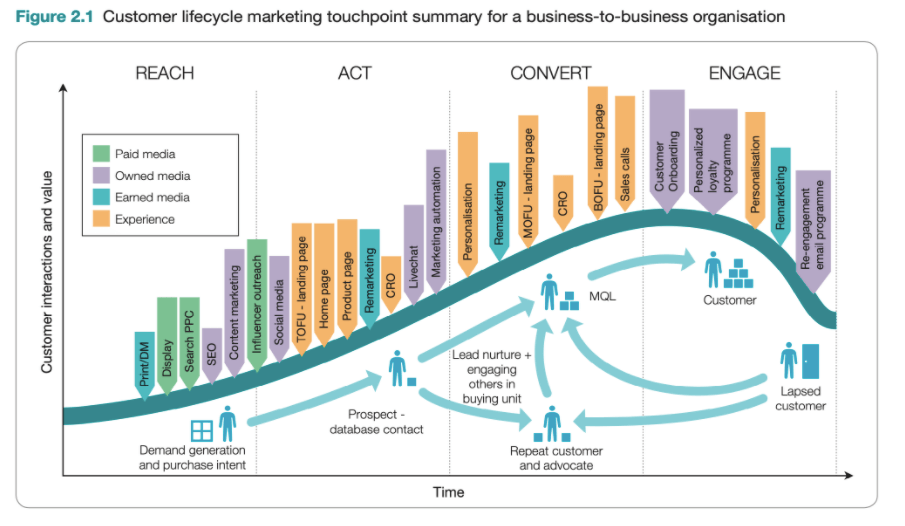Multi-agent AI systems — how this AI tech stack can power your marketing org
It feels like not that long ago, companies were just starting to talk about AI in their operations. You had highly specific use cases or industry needs, but the sweeping proclamations of “artificial intelligence will upend business as we know it” are only now feeling especially urgent.

It feels like not that long ago, companies were just starting to talk about AI in their operations. You had highly specific use cases or industry needs, but the sweeping proclamations of “artificial intelligence will upend business as we know it” are only now feeling especially urgent.
I blinked, and everything was ChatGPT. Blink again, and it’s “agentic AI.” And right as I started experimenting with AI agents, the question became, “How do AI agents work together in shared systems?”
The multi-agent AI system is yet another “next step” on the road to AI adoption. But, I think it’s a logical one. A single AI agent can help your marketing team, but a group of them can really get things going.
Let’s talk about where the tech is now and how you can bring AI agents into your organization.
Table of Contents
What are multi-agent systems?
A multi-agent system (MAS) is a network of AI agents that operate on their own and collaborate to solve complex challenges. Each agent in a MAS manages a specific task or area but communicates with other agents to decide on actions and adapt as needed.
How do multi-agent systems work?
Multi-agent systems operate by assigning specialized tasks to agents that interact within a shared environment. You see this structure on your human marketing team now:
- A campaign strategist who researches the target audience and positioning.
- A copywriter who crafts content to reach those audiences.
- A visual designer who catches people’s attention with images and video.
Some teams have one person playing multiple roles (or, sometimes, all the roles). But, on a larger team, each person operates autonomously to do their work, but communicates within the shared framework of team goals and desired outcomes.
A multi-agent system runs similarly. Each agent manages its tasks but can negotiate, delegate, and learn from one another. Plus, these agents can adapt dynamically to changes in the ecosystem without human input.
To help contextualize a MAS, I talked with David LeVine, Chief Strategy and Finance Officer for Lucid Services Group. LeVine walked me through an explanation of how a system of AI agents can work together for marketers:
Agent 1: Intake & Planning
This agent would “listen” to a marketer describe the campaign they want to create. The human provides target audiences, channels, goals, and creative ideas using natural language. This agent processes the information and prepares it for the MAS.
Agent 2: Ideation & Development
This agent takes the campaign data and develops multiple campaign strategies and creative direction. Along with what the human marketer provided, the agent can autonomously query other data sources and past campaign content to help craft strong strategic angles.
Agent 3: Testing & Refinement
This agent can run simulated tests or develop A/B setups to evaluate campaign assets’ performance potential. It can pull information from CRM data, online surveys, or other analytics tools to pre-test campaign content before a human hits go.
Agent 4: Execution & Monitoring
This agent launches the campaign (with human oversight as desired). It watches for performance and how the campaign lands in the marketplace, adjusting messaging, spend, and targeting across segments and channels.
Continuous Human Oversight
AI agents can accomplish a lot on their own — and, ideally, that’s the goal. But, LeVine noted the value humans have in the development and deployment processes. “All of these stages would need human validation, especially early on,” he said. With human support, these MAS can align and optimize a campaign’s impact while reducing risks to your brand.
Multi-Agent Systems vs. Single AI Agents
Before I dive deeper into multi-agent systems, I should note the differences between types of agentic AI now being sold to companies.
Single AI Agents: Output
When I’ve previously discussed agentic AI for marketing and social media, I shared single AI agents. These agents can work autonomously alongside your teams, usually to support a very specific function or task.
The name of that game is “output.” You could give those agents access to a data trove and broad functional authority, but the result is almost always an output. Generate a blog post, summarize a data report, draft an ad — you get something at the end of the agentic process.
On marketing teams today, I think these agents operate as particularly well-educated interns. You wouldn’t leave them entirely on their own (yet), but you can trust they’ll do a fine job. That’s especially the case with where these agents plug in best now:
- Frontline customer support
- Content creation
- Campaign optimization
- Data analysis
Multi-Agent Systems: Coordination
If a single AI agent is an intern, MAS is the group of interns graduating into full-time roles. A MAS still produces something — there are results from their operation. But the core difference is how these systems create that outcome.
MAS are designed for coordination. Each agent plays a role in achieving a directed outcome, and they communicate with each other to reach that goal. Done well, MAS should feel less like using a tool and more like managing a team.
AI agents are still finding their footing within most organizations — AI adoption is happening, albeit carefully. Multi-agent systems stretch a team’s technical capabilities even further than single agents do. Still, I’ve found some technical-forward marketers using MAS as a campaign manager or operating in a support capacity.
Benefits of Multi-Agent Systems
With power and opportunity available to your team, a multi-agent system can bring impressive benefits. Let’s cover a few of the most crucial.
Cross-Functional Collaboration
When I’ve assembled teams in the past, I've sought experts in particular fields. That could be a marketing team with various skills like copywriting, long-form writing, and visual design. The best teams are typically greater than the sum of their parts: McKinsey research shows cross-functional teams can achieve up to a 30% increase in efficiency.
A multi-agent system brings similar benefits. An agent might focus on strategy, content, or testing. While each agent operates in its prescribed function, it provides valuable data for its fellow agents in service of the team goal. That collaboration across functions removes information silos that plague human teams while speeding up problem-solving.
Learning and Adjusting On-the-Go
Within a MAS, agents can share knowledge and imitate effective behaviors, meaning they can learn and adjust over time. LeVine noted this feature is one that companies can miss out on if they’re not paying attention.
“I think the most underestimated or unknown basic capability or goal of MAS solutions is that the individual agents can collaborate and learn from each other based on experiences or observation. A human does not necessarily need to intervene before action is taken by the MAS,” he said.
That ability to learn and adjust mid-operation gives these systems remarkable flexibility to help marketers do their jobs well.
“The learning and imitation and sharing of knowledge across agents can help marketing professionals understand changes in customer preference or demand and optimize ROI around marketing efforts. As always, data quality and accessibility are critical to deliver insight that will be of benefit and on point,” LeVine said.
Continuous Optimization
A single AI agent can run or monitor one aspect of a campaign, but it’s not exactly “set it and forget it,” especially when you need to change or improve your campaign. And, as a campaign gets complex and you want to change some part based on results elsewhere? Good luck tracking all of that.
With a MAS, agents can handle campaign tweaks for you. With close collaboration and data-sharing between agents, your system can adjust ad bids, copy, or targeting in real time. The MAS can orchestrate agentic operations to maximize your campaign’s return.
Challenges of Multi-Agent Systems
No new technology comes without its caveats. A multi-agent system is certainly a new technology. But, most challenges with a MAS relate to how your team engineers the system and adopts it operationally.
Data Quality and Accessibility
Data quality issues are the bane of AI implementation. And as you automate more workflows using AI, you need clean data that your tools can quickly access and process.
“Data that is not appropriately governed and stewarded will eventually cause an inability for the task(s) to be completed in a manner that is brand beneficial and may be very harmful to the relationship,” said LeVine. “Data that is not accessible will cause the task(s) to fail, which is also problematic.”
Clean data is the foundation for a successful multi-agent system. Review your data sources and look to remove duplicate data, standardize formats, and ensure consistency across sources.
Complexity and Error Propagation
If you ever took a comp-sci class, you encountered “GIGO” — otherwise known as “garbage in, garbage out.” When you give a system bad input to start, you’ll get bad output; the system has no way of discerning what’s good from what’s garbage.
Even as agentic AI gets smarter, it’s still a machine. And, as you network multiple agents in service of a common goal, any slight error gets magnified quickly. When that happens, increasing complexity makes it tougher for you and your team to pinpoint where things went wrong and change system parameters to compensate.
As LeVine noted, clean and organized data makes an enormous difference in managing GIGO’s potential negative consequences. You’ll also want human monitoring of the system overall and each agent’s performance. Those early days and weeks are vital to limiting the effects of complexity — keep a pulse on your agents and step in quickly when required.
Organizational Inertia
I’ve talked before about lagging employee adoption being the AI killer. That’s not just front-line employees, either. If leadership can’t or won’t get on board with AI implementation, any advanced initiative beyond a “light experiment” dies on the vine.
“Decision makers may not want to give up control to AI agents, and their support will be critical to adoption throughout the business,” warns LeVine.
He also encourages you to get as many employees bought into the idea as possible by removing the fear. “To the people in the organization, this is all new stuff. New is scary,” said LeVine. “Find an OCM [organizational change management] framework you like and use it to make sure people are AI literate and more at ease.”
How to Implement Multi-Agent Systems

As multi-agent systems become bigger players in company operations, you’ll want to explore implementation sooner rather than later. What does that look like?
In some cases, that’s prepacked MAS. But, current solutions mainly target large enterprise use cases. For instance, Accenture’s AI Refinery and Salesforce’s Agentforce make it easy for non-technical teams to build and run MAS in-platform. That said, you’ll pay a premium for the privilege.
If you don’t have enterprise funding, you still have options. In fact, many marketing leaders have implemented MAS on their own. Through my research and various conversations with these leaders, I also learned that three really is a magic number. Most experts and examples I’ve found rely on three agents operating in concert within their multi-agent systems.
That’s certainly not a set-in-stone rule; you can use two, four, or more agents. But recall that each agent adds layers of complexity — increasing the surface area for risks, breakage, and consequences of bad data. So, for your initial MAS attempts, start with three agents.
With that goal in mind, let’s chat about where you start.
1. Define your goal and agents.
While agentic AI can do a lot of work on its own, you still want an overarching goal or purpose for your MAS. For our example, let’s build a multi-agent system focused on helping launch and monitor a marketing campaign.
With that goal in mind, we can create our agent list:
- A strategy agent that analyzes past data, audience segments, and business goals to create campaign ideas.
- A content agent that drafts copy for emails and social media posts, and generates visuals.
- A performance agent that monitors our key metrics and flags low-performing elements.
2. Choose your AI tools.
With goals established, you can select the best AI tool stack for your needs. I find that the more specific the agent, the better the results. For instance, HubSpot’s Breeze AI agents include:
- The Content Agent for tailored blogs, landing pages, and other longer-form content creation.
- The Social Media Agent for streamlined social content planning and AI-powered production help.
- The Prospecting Agent for researching target audiences and building personalized outreach campaigns.
Other AI agents can provide tailored functions that fit neatly into your MAS plans. Remember: the agents themselves are only part of the answer; you need to build strong connections between them and feed them with high-quality data.
3. Create a shared workspace.
I truly cannot stress enough how important good data is to this entire process. If your data hygiene is messy, you’ll end up with confused, nonfunctional AI agents — the kind that’ll disappoint your teams and halt wider organizational adoption.
You don’t need perfection to start, but focus on centralizing key information and indexing appropriately. Tools like Notion, Airtable, or Google Sheets can serve as excellent data repositories to help agents access data and log progress.
4. Connect your AI agents.
When you’re ready for your AI agents to communicate with each other, use a connecting tool like Zapier or Make.com to set up automated workflow triggers. I like these tools because they keep the process simple; whatever keeps me from having to mess with a bunch of APIs works for me.
You can also set up scheduled prompts or automations within each tool (like ChatGPT) to regularly run crucial tasks like a weekly performance check on your MAS.
5. Integrate humans intentionally.
The best MAS don’t shut out humans — they integrate regular check-ins and the human touch to create smarter, more efficient systems. Team members should review outputs regularly, validate key campaign directions (ideally before you hit Publish), and adjust prompts or rules based on your results.
In this way, a multi-agent system operates as a team within your team. Treat your AI team with good data and clear direction, and you can unlock greater results.
Multi-Agent Systems in the Real World
“Multi-agent systems” sound like they belong exclusively to the Fortune 500, but they’re not just for massive enterprises. Nimble and creative marketing teams can build MAS to suit their needs without breaking the bank.
If I were assembling a multi-agent system from scratch, I’d follow examples like these.
RED27Creative: Content Intelligence Network
Kiel Tredrea, President & CMO of RED27Creative, saw what many marketing leaders witness in their operations: disconnection. Specifically, he saw content creation, personalization, and performance analysis basically battling one another instead of working in concert for his clients.
Tredrea’s systems, the “Content Intelligence Network,” deploys three specialized AI agents:
- A content strategist agent that analyzes industry trends and competitive positioning.
- A personalization agent that segments website visitors and tailors messaging.
- A performance optimization agent that continuously refines campaigns based on real-time engagement metrics.
Each agent can access shared data but is free to make autonomous decisions within its specialty. How did this play out in real life? Tredrea walked me through a use case with a B2B software client:
“The content strategist agent identified untapped SEO opportunities around ‘fractional marketing’ solutions. It fed these insights to the personalization agent, which dynamically adjusted website messaging for visitors from specific industries,” said Tredrea. “Simultaneously, the performance agent detected higher conversion rates when technical specifications were presented earlier in the customer journey and automatically triggered content redistribution."
This process led to a 37% increase in qualified leads and a 22% higher conversion rate from website visitor to sales call while spending 30% less on ads.
I think the Content Intelligence Network shows the power of agents informing each other’s activities. It’s one thing to say agents use shared data and learn from one another; it’s another to see it happen and generate meaningful results. There are no information silos here — insights flow between agents.
Multi-touch Marketing: PPC Intelligence Network
Milton Brown, owner of Multi Touch Marketing, shared he’s implemented MAS across several PPC and digital marketing campaigns. He pointed me to a project with a higher education client where he deployed what he calls the “PPC Intelligence Network.”
"We created three specialized AI agents that worked in concert: one continuously analyzed keyword performance and bid adjustments, another monitored ad creative effectiveness and generated responsive search ad variations, while a third tracked conversion path analytics and landing page performance,” Brown said.
Remember when I said coordination was the key difference (and benefit) between single-agent and multi-agent systems? Brown’s system bears that out beautifully.
"The keyword agent identified high-performing terms, which triggered the creative agent to generate new variations emphasizing those terms, while simultaneously alerting the conversion agent to prioritize those traffic segments,” he said.
With the MAS operating in full swing, the campaign’s efficiency improved by 28%, and enrollment rates from optimized funnels increased by 17%.
The part I find most interesting for small to medium businesses is the scalability of a system like this across teams and companies of various sizes and resources. Brown shared more:
“This approach scales nicely across budgets — I've implemented similar systems across campaigns ranging from $20,000 to $5 million with consistent success rates,” he said.
Frec Markets: Real-Time Social Conversion
Enterprise-grade MAS infrastructure is great. But I love a lean, mean, multi-agent machine — and Amberly Jones, Head of Growth at Frec Markets, has built exactly that for a fascinating use case: turning social media engagement into a low-cost acquisition strategy at scale.
Jones and her company found potential users were often on Reddit and X, debating sophisticated investing topics. So, they stitched together three narrow agents and kept humans involved only when judgment and compliance mattered.
She walked me through Frec’s three-agent stack:
- F5bot: “Every few minutes, F5bot sweeps public threads for our priority phrases and drops any hits into a dedicated Slack channel. That one feed means we never miss a mention, yet we incur zero crawling or infrastructure costs of our own.”
- Two LLM endpoints: “When an alert surfaces, a growth associate copies [likely meaning ‘uses a pre-loaded’] OpenAI o3 prompt that‘s pre-loaded with our brand voice, FAQ snippets, and FINRA guardrails. o3 returns a one-paragraph summary plus an intent tag (question, praise, complaint, rumour). If the tag calls for a response, the same text is pasted into a second prompt for Anthropic’s Claude, which drafts a plain-English reply that already meets our compliance checklist.”
- Sprout Social: “The draft reply is dropped into Sprout as a pending post. Sprout publishes at the optimal time and logs the interaction for attribution.”
Before this automated setup, her team struggled to keep pace with the volume of activity on these platforms.
“We searched for and replied to Reddit threads in roughly four hours a day — too slow to shape the conversation,” said Jones. ”Today, the average first response takes less than thirty minutes, keeping discussions factual, friendly, and discoverable."
I think Jones and Frec Markets have a solid example of a scrappy system responding to a critical business need. Plus, it also shows an important lesson Jones wanted to highlight:
“The lesson isn‘t that AI replaces marketers; it’s that we can all do so much more with AI,” she said. “Three single-purpose agents — listen, distill, draft — can strip the busy work out of social engagement so humans can focus on judgment, compliance, and building relationships that convert.”
Are you ready for multi-agent systems?
I still don’t believe we’ve truly cracked the agentic AI code yet. There are ample opportunities for agents to go astray, and networked agents without human intervention increase risks dramatically. Humans need to stay involved in the details for now; until they don’t, I would say true agentic AI hasn’t arrived.
That said, a MAS built on solid infrastructure, fed useful data, and given some measure of self-control can amplify your marketing team’s work today. I wouldn’t turn over the keys to the campaign kingdom, but as I wrote this piece, I saw experts and organizations embracing possibilities and uncovering new opportunities through multi-agent systems.
Don’t sleep on these systems. Find a genuine business need and build a three-agent system to start. This system won’t replace you or your team, but you might find AI delivering something new and valuable.
![]()


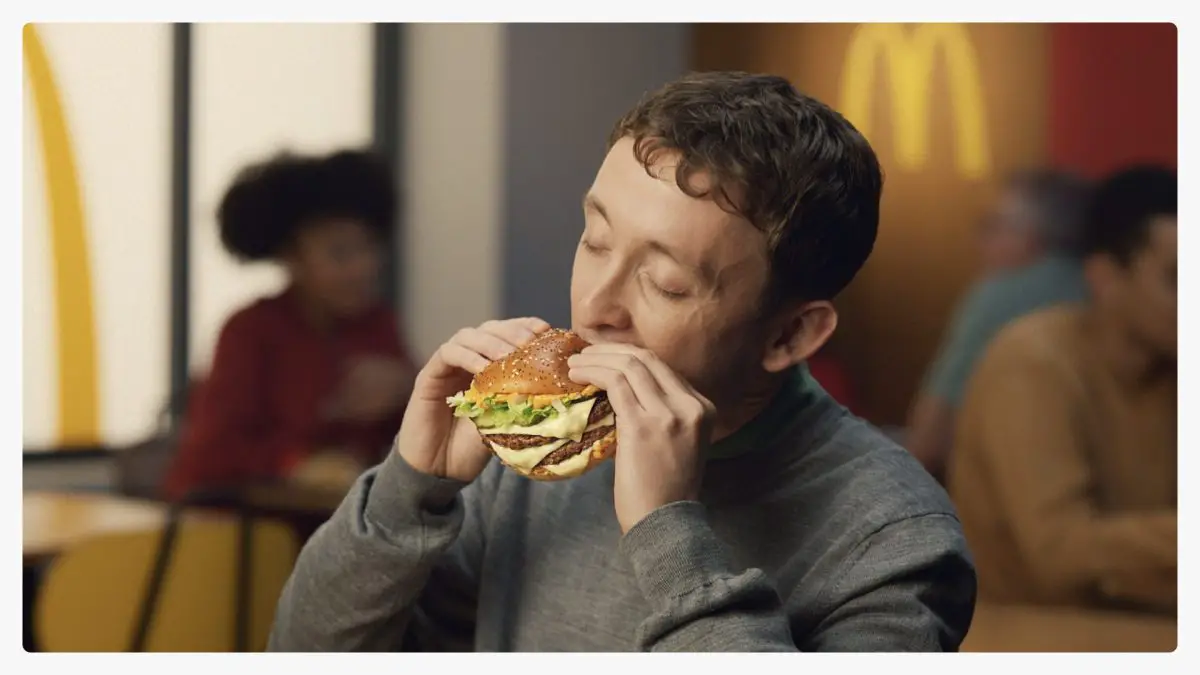












.png)









![How To Drive More Conversions With Fewer Clicks [MozCon 2025 Speaker Series]](https://moz.com/images/blog/banners/Mozcon2025_SpeakerBlogHeader_1180x400_RebeccaJackson_London.png?auto=compress,format&fit=crop&dm=1750097440&s=282171eb79ac511caa72821d69580a6e#)

![Brand and SEO Sitting on a Tree: K-I-S-S-I-N-G [Mozcon 2025 Speaker Series]](https://moz.com/images/blog/banners/Mozcon2025_SpeakerBlogHeader_1180x400_LidiaInfante_London.png?auto=compress,format&fit=crop&dm=1749465874&s=56275e60eb1f4363767c42d318c4ef4a#)

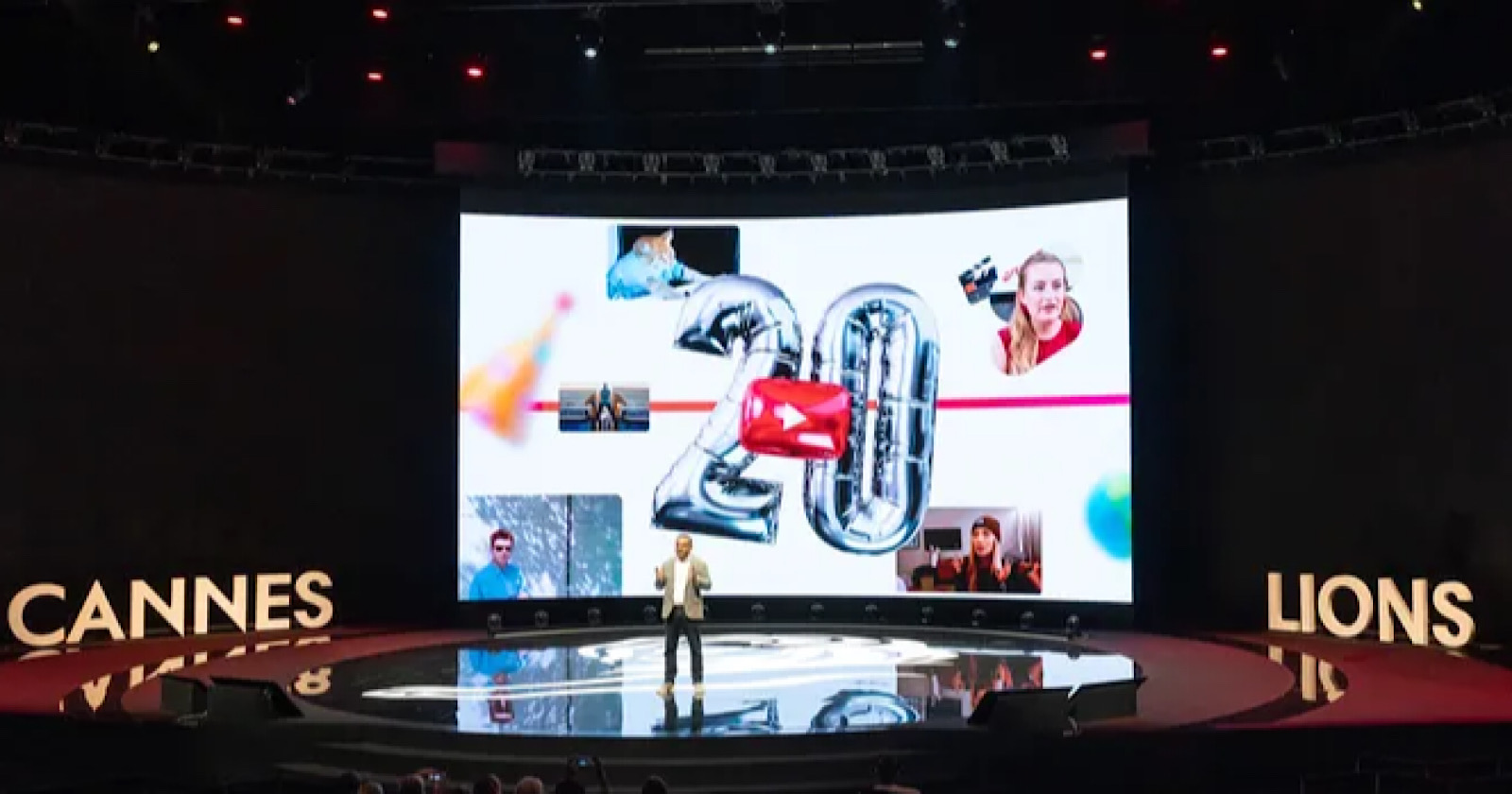
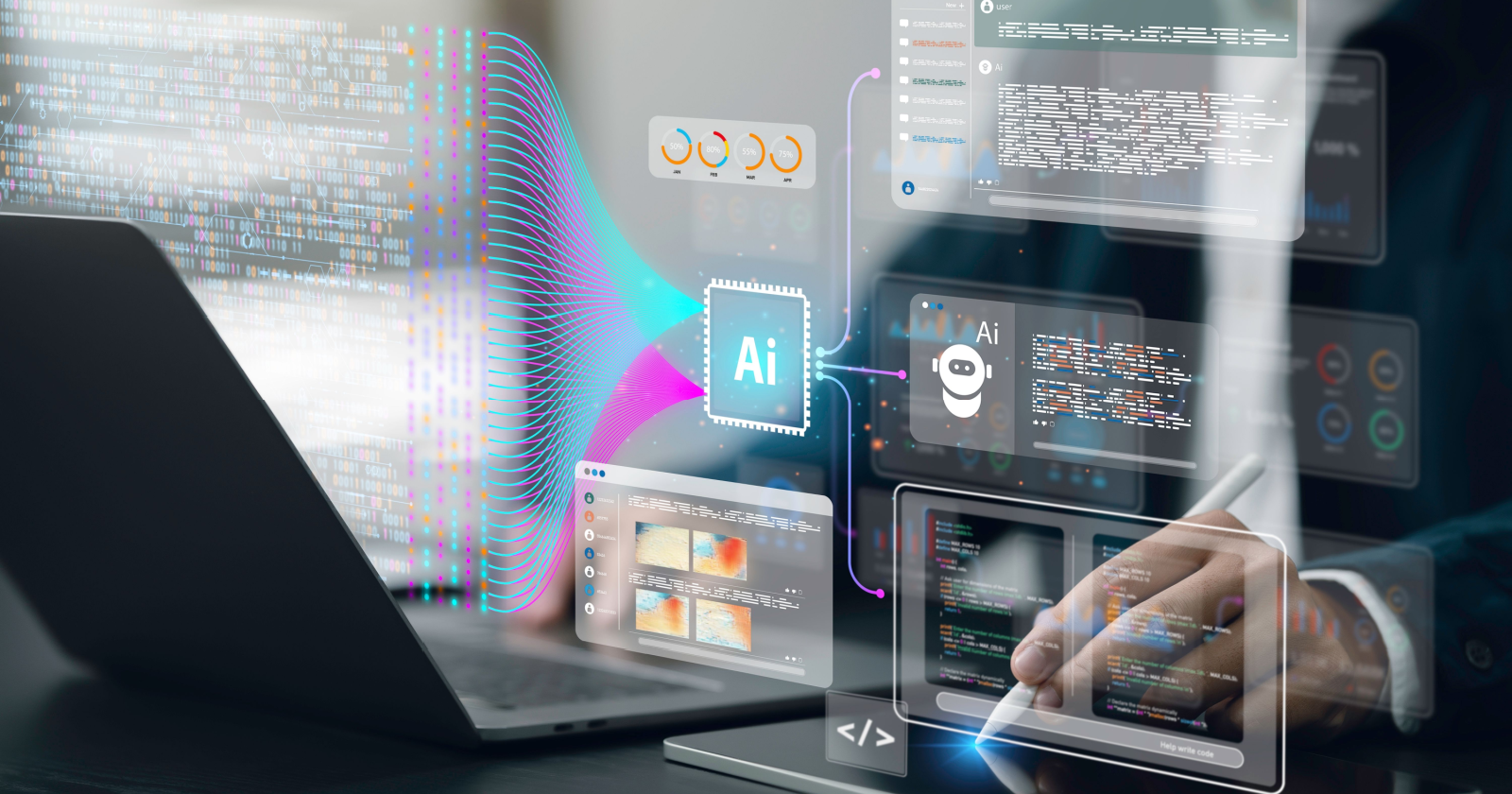




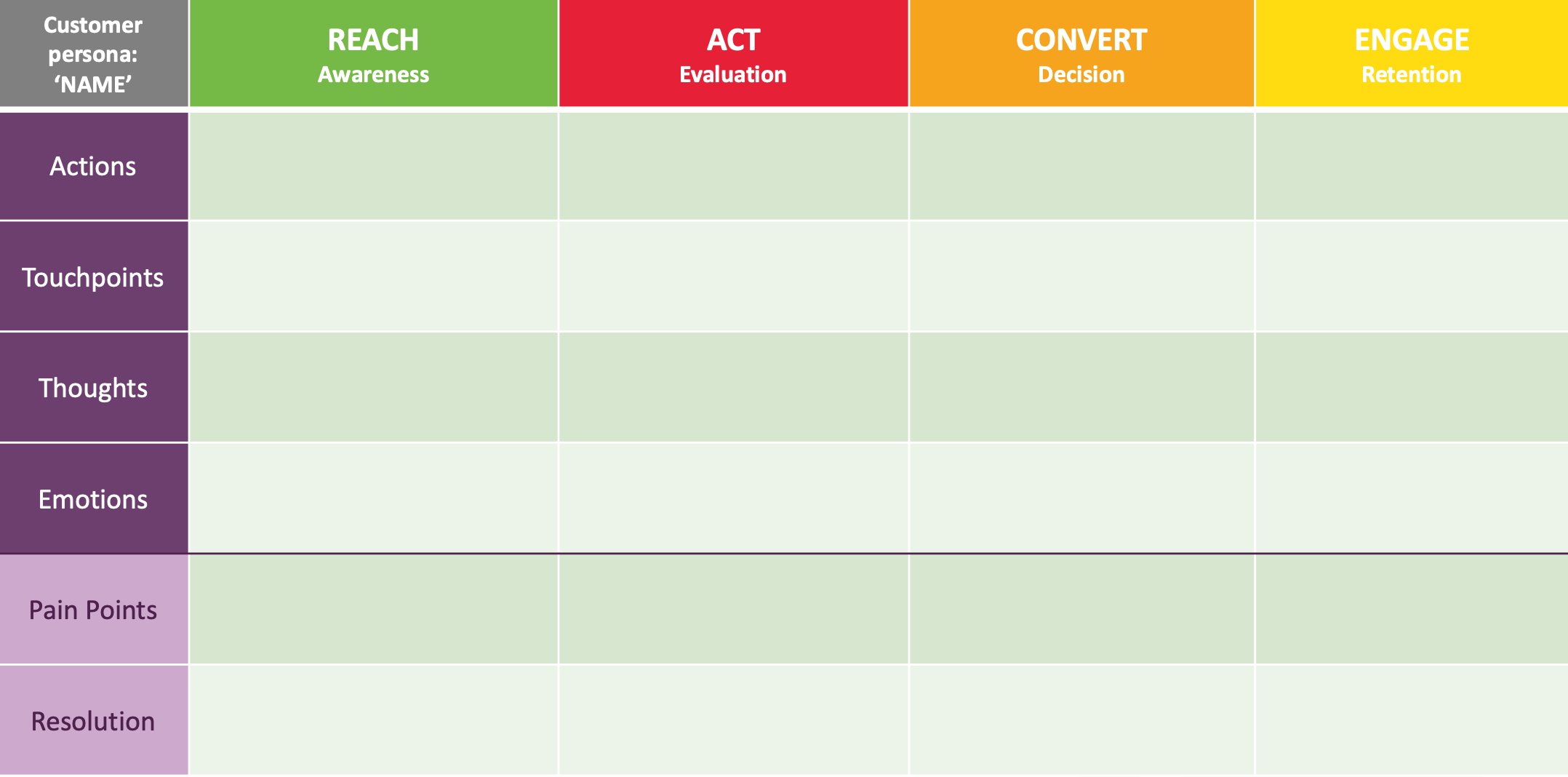


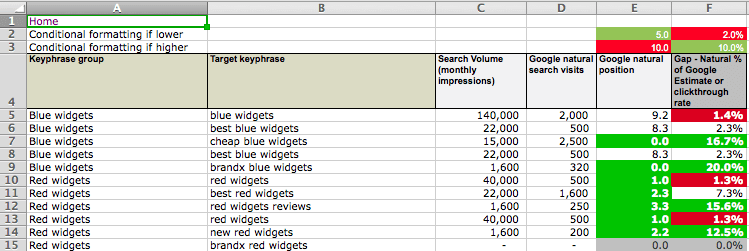












![The 11 Best Landing Page Builder Software Tools [2025]](https://www.growthmarketingpro.com/wp-content/uploads/2024/04/best-landing-page-software-hero-image-1024x618.png?#)


































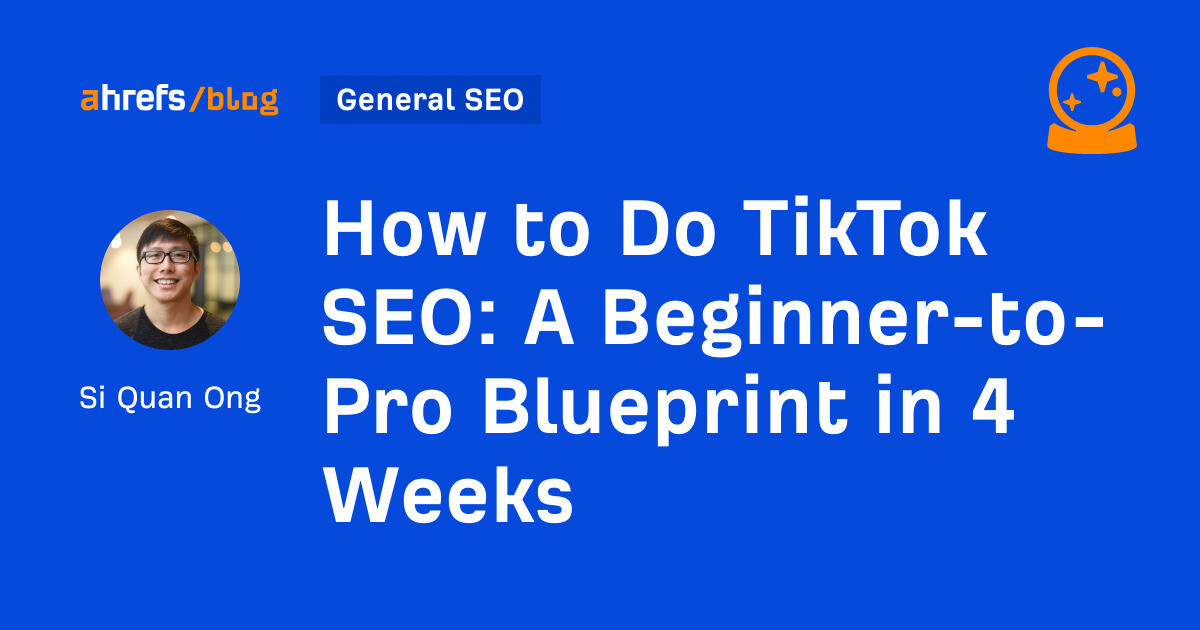
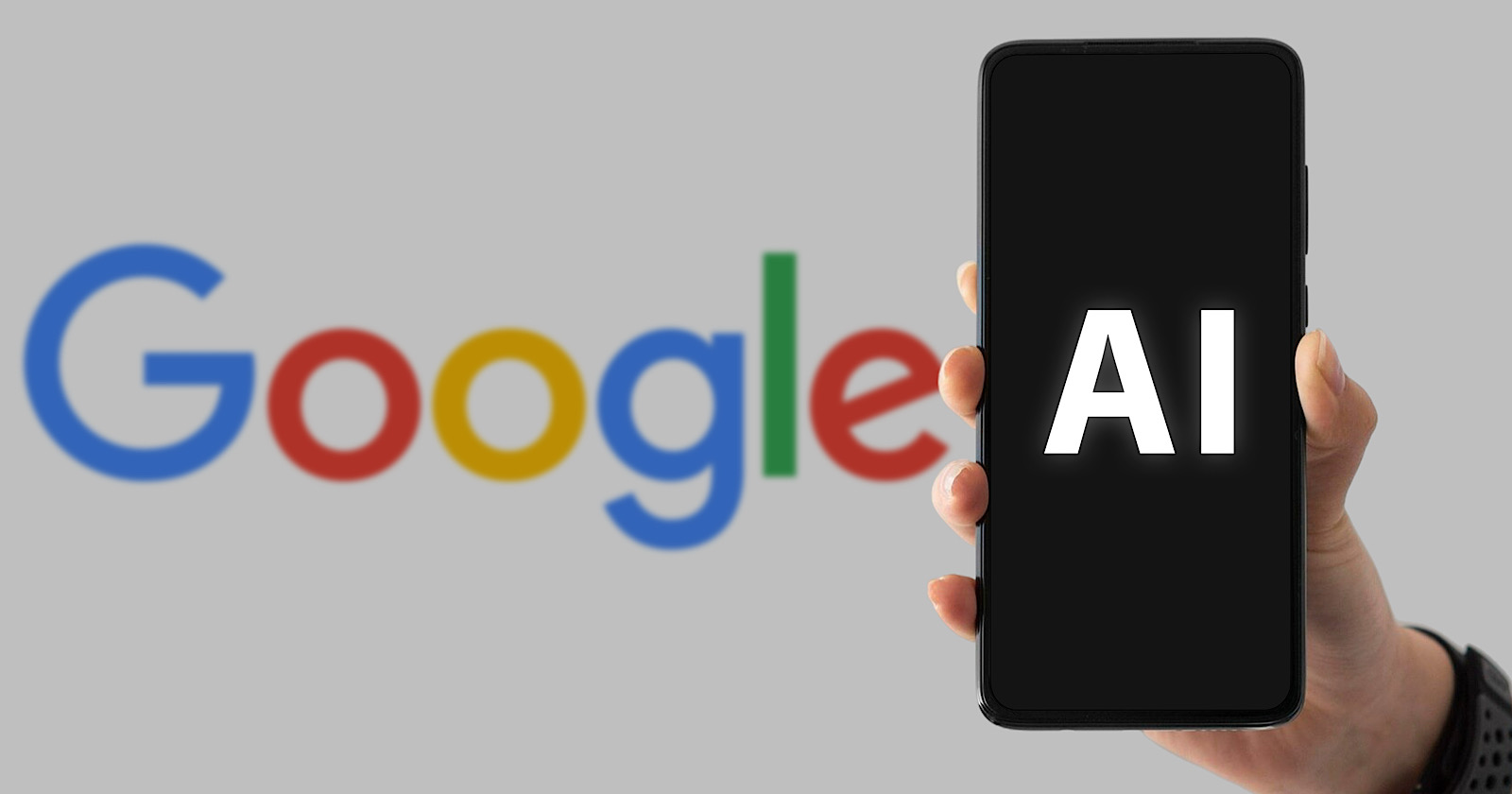
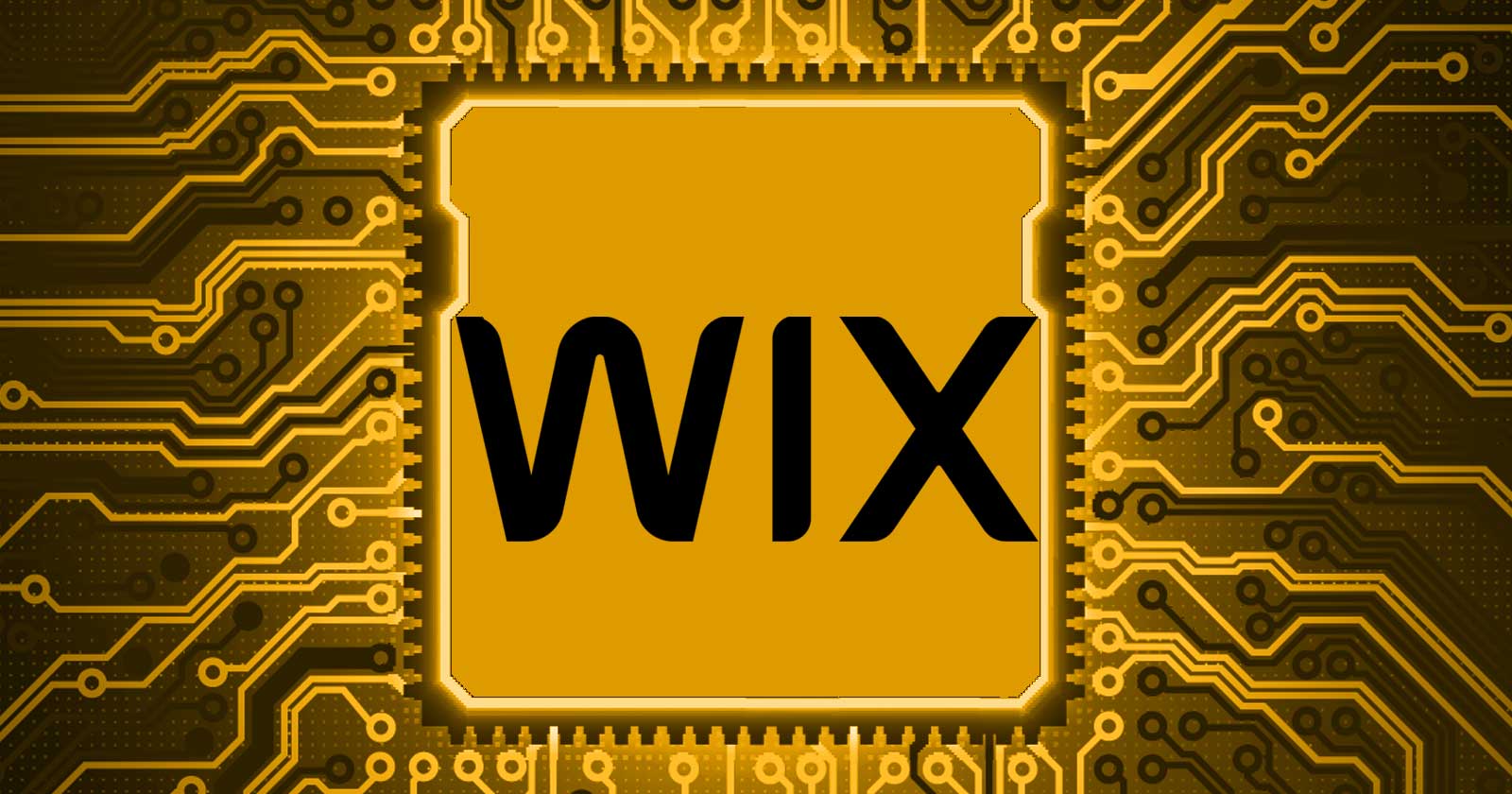

![How to Create an SEO Forecast [Free Template Included] — Whiteboard Friday](https://moz.com/images/blog/banners/WBF-SEOForecasting-Blog_Header.png?auto=compress,format&fit=crop&dm=1694010279&s=318ed1d453ed4f230e8e4b50ecee5417#)
![How To Build AI Tools To Automate Your SEO Workflows [MozCon 2025 Speaker Series]](https://moz.com/images/blog/banners/Mozcon2025_SpeakerBlogHeader_1180x400_Andrew_London-1.png?auto=compress,format&fit=crop&dm=1749642474&s=7897686f91f4e22a1f5191ea07414026#)
![AIO Hurting Traffic? How To Identify True Loss With GA4, GSC & Rank Tracking [Webinar] via @sejournal, @lorenbaker](https://www.searchenginejournal.com/wp-content/uploads/2025/06/stat-sej-webinar-june-2025-668.png)









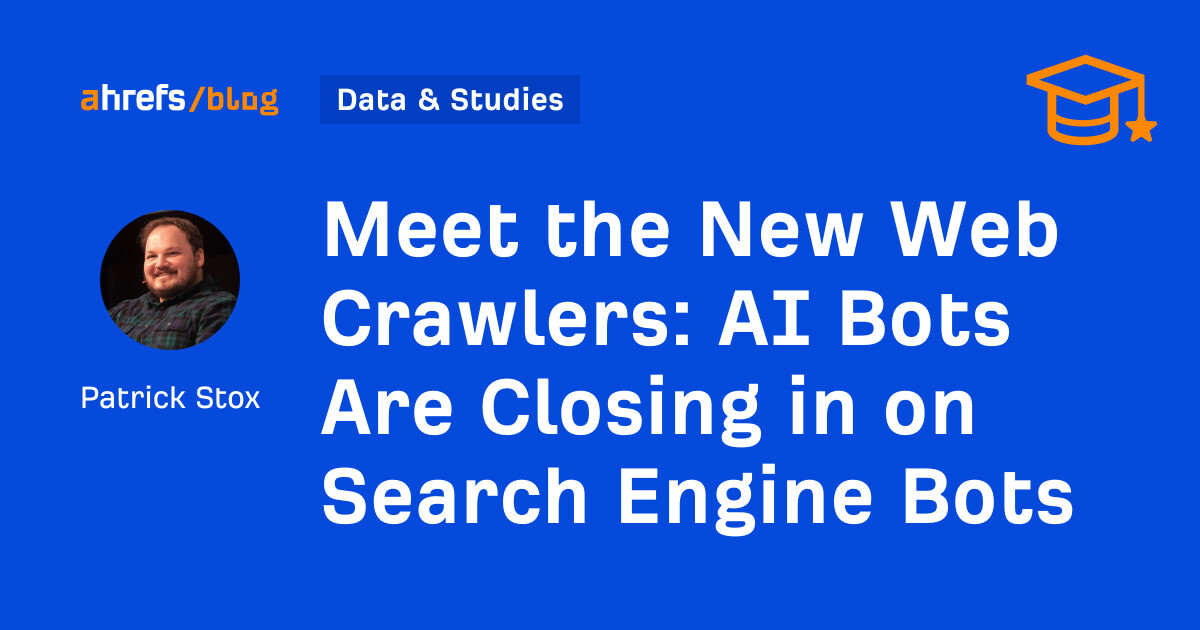
![AI Content Is 4.7x Cheaper Than Human Content [+ New Research Report]](https://ahrefs.com/blog/wp-content/uploads/2025/06/ai-content-is-4.7x-cheaper-than-by-ryan-law-data-studies.jpg)
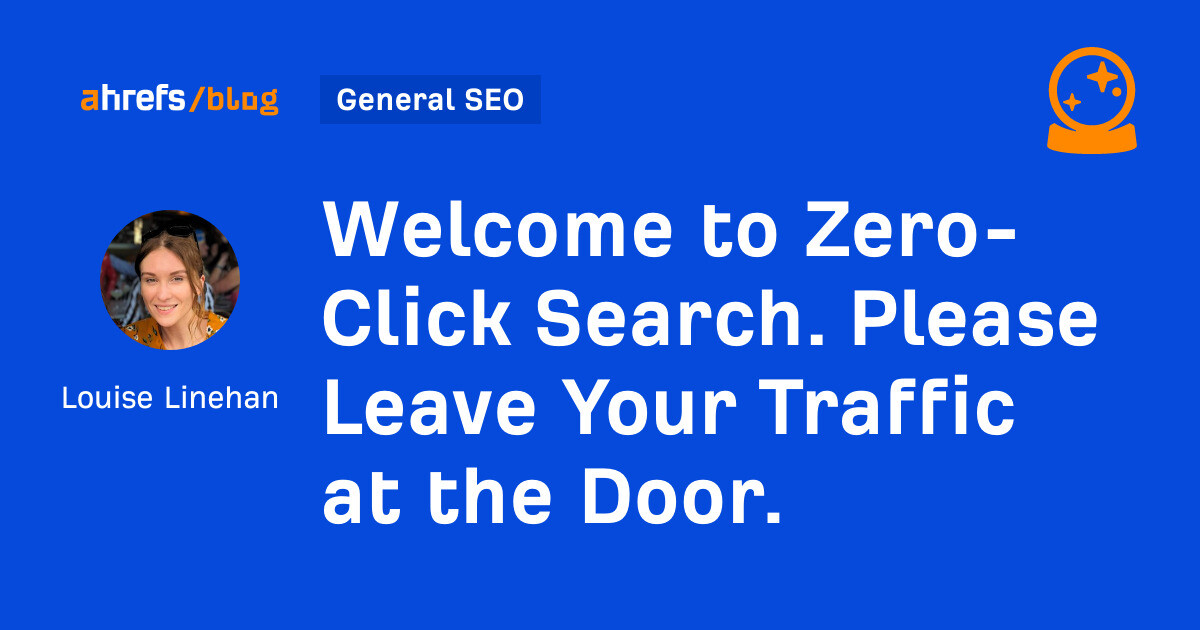

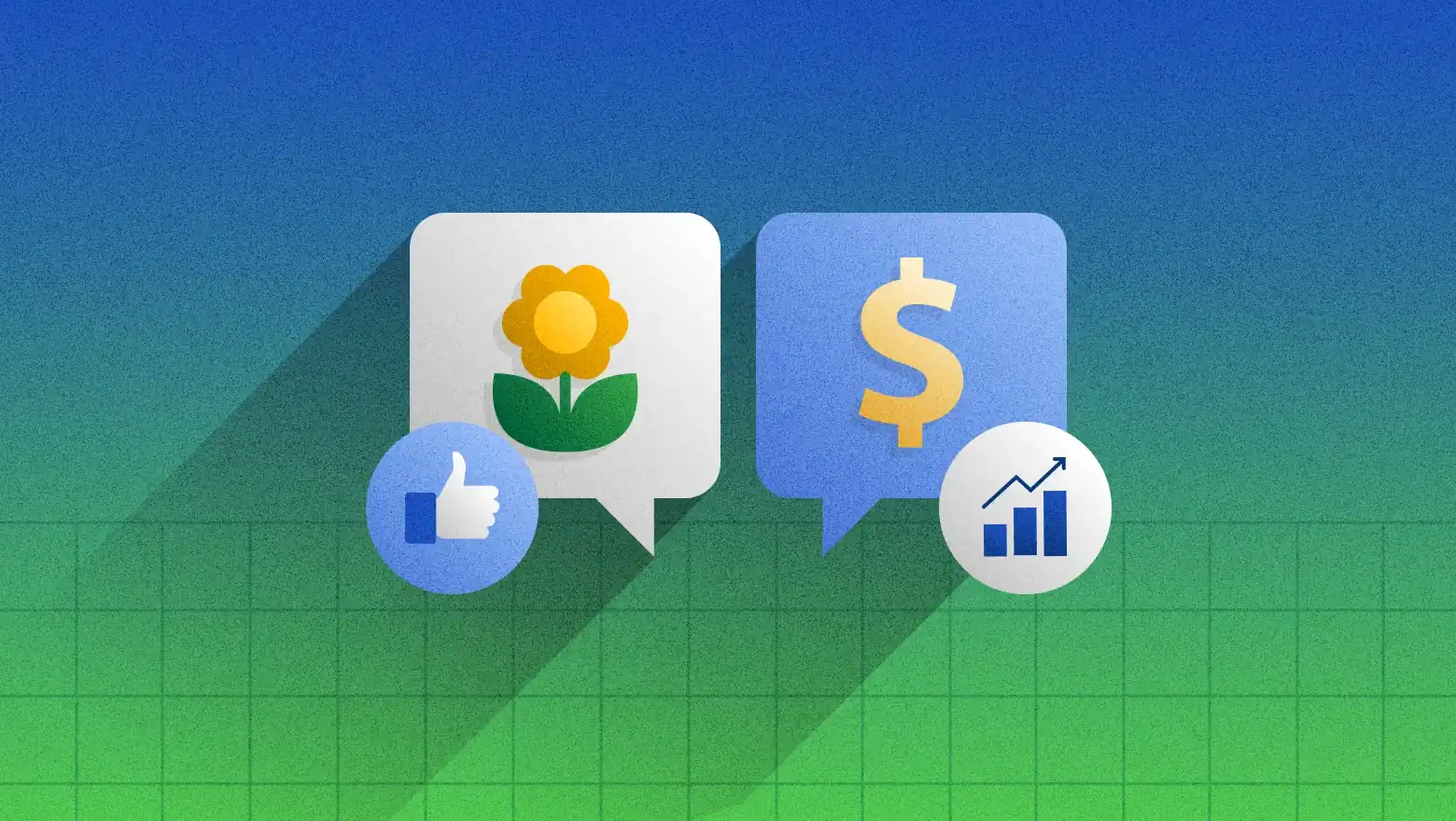
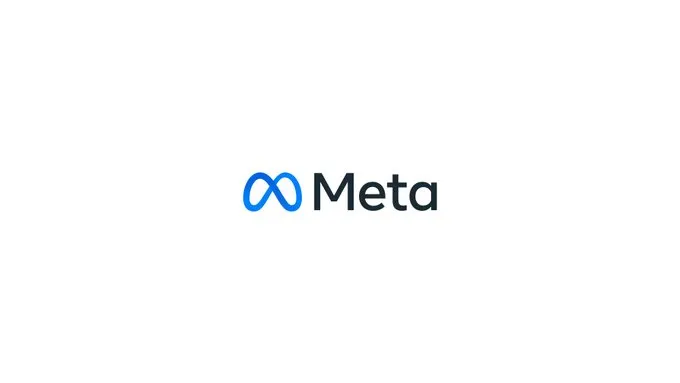
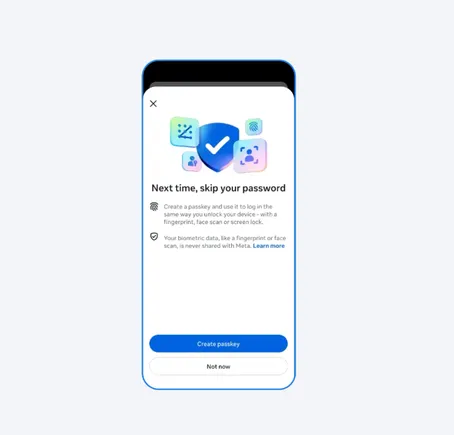


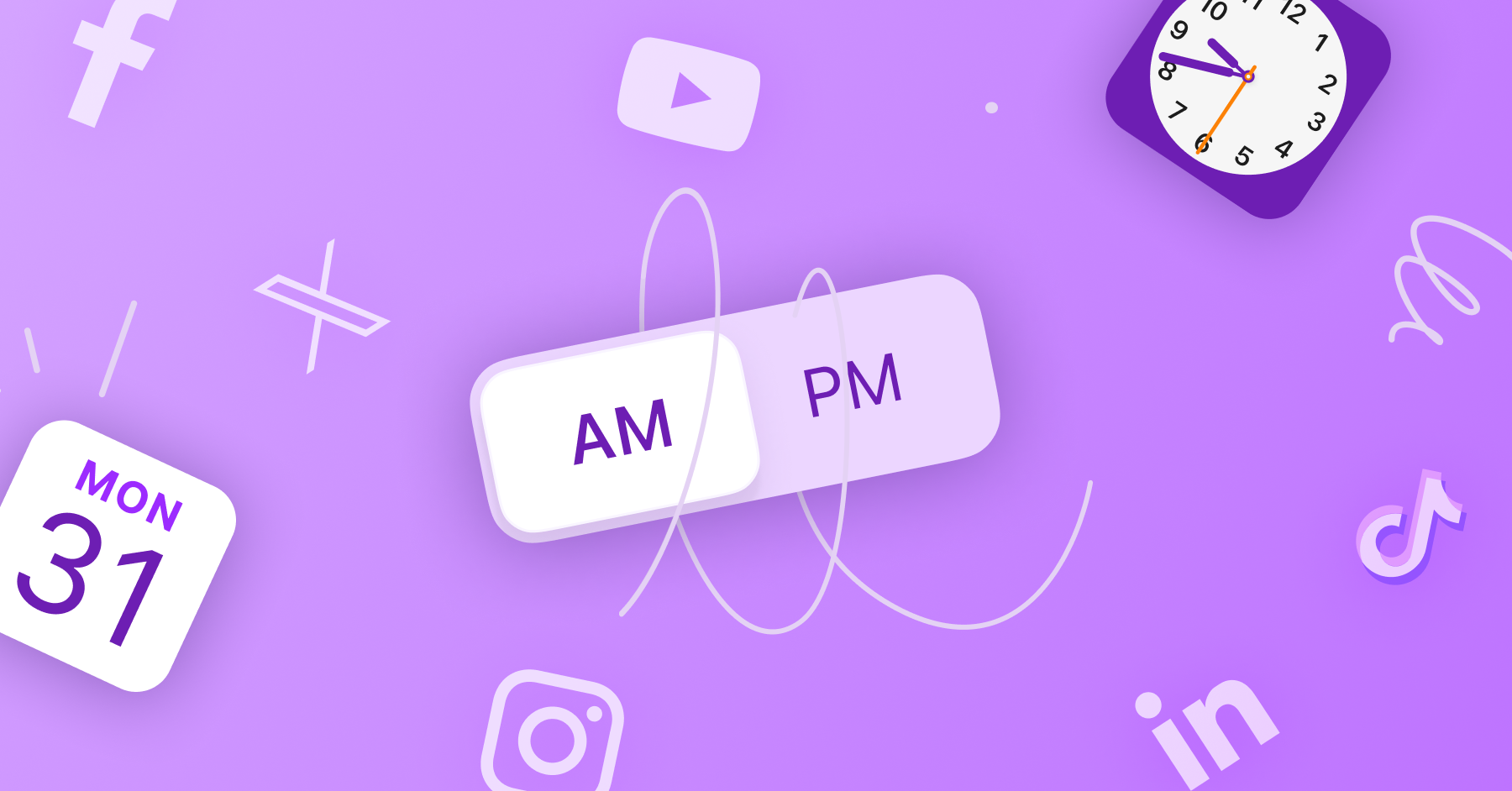






![Brand pitch guide for creators [deck and email templates]](https://blog.hootsuite.com/wp-content/uploads/2022/06/brand-pitch-template.png)

















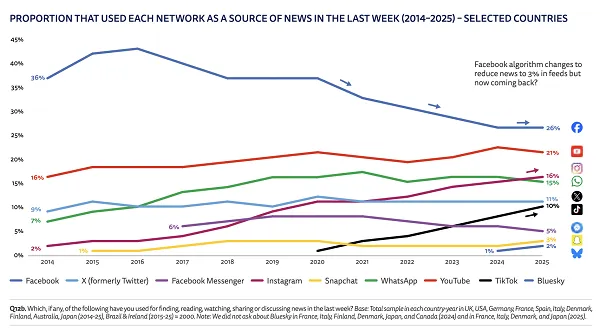
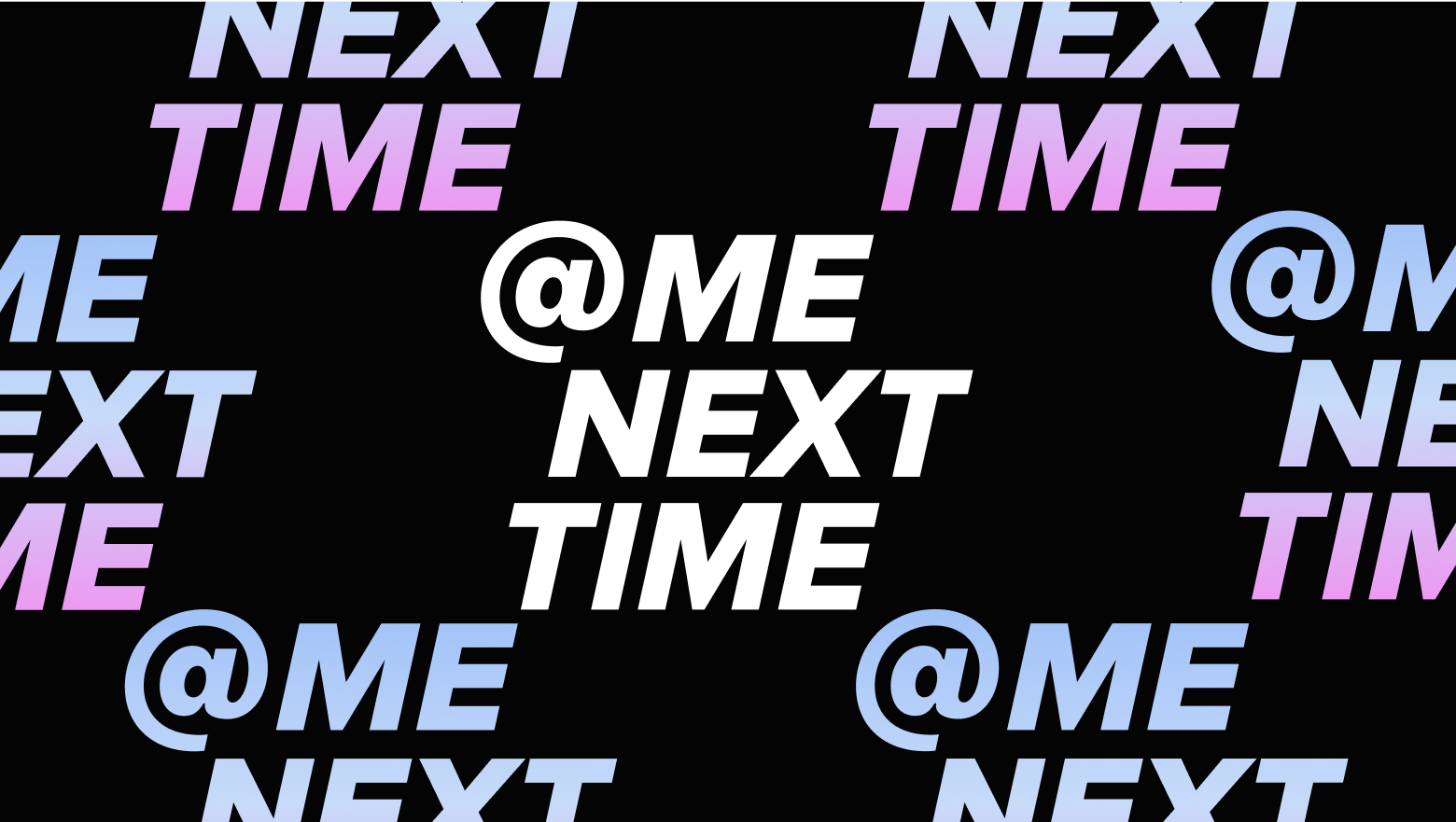

![Download Now: The Annual State of Artificial Intelligence in 2024 [Free Report]](https://no-cache.hubspot.com/cta/default/53/b72f2b25-8cc9-4642-9a1b-1e675d3d273b.png)

![These AI workflows can 10X your marketing productivity [+ video]](https://www.hubspot.com/hubfs/Untitled%20design%20-%202025-05-29T135332.005.png)

